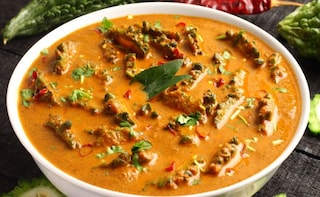"Take the bitter with the sweet" need not necessarily be a metaphoric piece of advice. Bitter foods are not just healthy but can be delicious too and it is just as well that they seem to be now trending the world over with the hipsters. In India, Ayurveda-based food traditions have always recognised bitter foods as part of a complete meal. Of the six tastes that this "science of food and medicine" ostensibly recognises, bitter is an important one - said to be "airy and light", especially benefitting people with dominant pitta and kapha, and lowering these "doshas". Bitter, however, is different from pungent foods, which are a class in themselves in Ayurveda and include the likes of chillies and mustard, both of which also have elements of bitterness.Since bitter foods are thought of as cleansing and important to boosting metabolism in many regional food traditions, they are mandatorily included in traditional meals. A fine example is Bengali food, perhaps the only cuisine in India eaten in courses. It is always the bitter - shukto - made up of ingredients such as bitter gourd or neem leaves that is served first as a palate cleanser of sorts and as a course to boost appetite.
Advertisement
Advertisement
Advertisement
Advertisement
For the latest food news, health tips and recipes, like us on Facebook or follow us on Twitter and YouTube.
Advertisement
